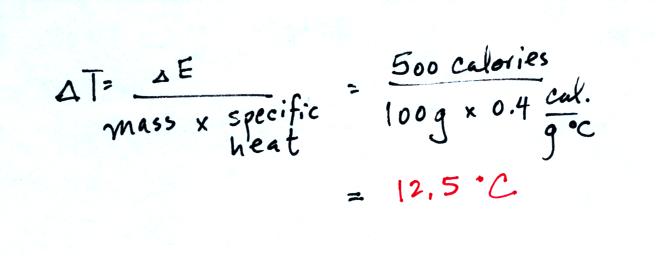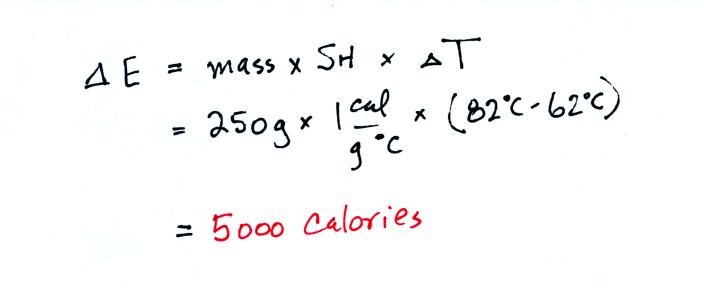Students who did not pick up
their quizzes on Friday Feb. 17 had to turn in written answers to the
following questions before receiving their questions.
1. _______ of the sunlight energy arriving at the earth is ultraviolet light.
a. very little
(<10%)
b.
about half (40 to 60%)
c. most
(>90%)
2. Essentially all of the UV-A UV-B UV-C UV-D , the most dangerous form of ultraviolet light is absorbed by the earth's ozone layer.
3.
Which two of
the following would be examples of kinetic energy?
a. rotating winds in a tornado
b. moving atoms or molecules in air
c. energy hidden in water vapor
d. sunlight traveling through empty space
4. Electromagnetic radiation accounts for 100% of the energy traveling to and from the earth through space and 80% of the energy flowing back and forth between the earth's surface and atmosphere. Which of the following is the 2nd most important energy transport process?
a. conduction
b.
convection
c. convergence d. latent heat
5.
500 calories
of energy are added to 100 grams of a material with a specific heat of
0.4
calories/gram oC.
How much will the material warm up?


7. A city along a coastline will probably have WARMER COLDER summer temperatures and WARMER COLDER winter temperatures than a city at the same altitude and latitude that is further inland.
8. Temperature provides a measure of the TOTAL AVERAGE kinetic energy of the atoms or molecules in an object.
9. A reasonable average surface temperature for the earth is 100o C 200o F 300o K.
10
The coldest
temperature ever recorded on the earth was -129o F. The hottest temperature ever recorded in the